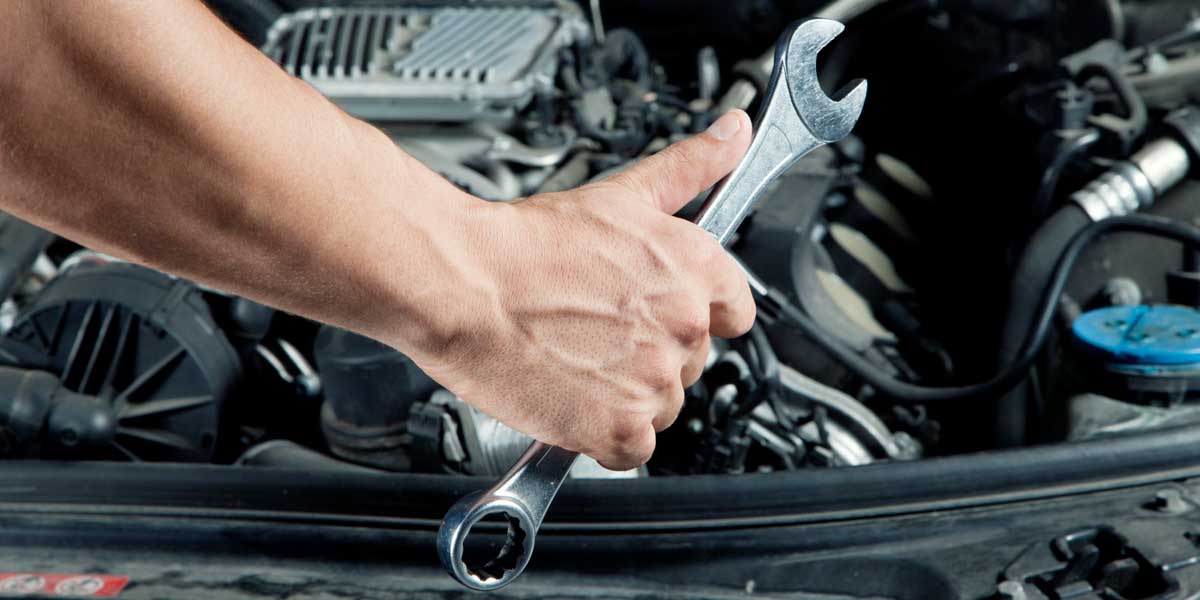All Categories
Featured
The timing belt is a vital element of your engine, liable for synchronizing the movement of numerous engine components, such as the crankshaft and camshaft. While the timing belt may not be something you think around often, ignoring its upkeep can lead to substantial engine damages and expensive repairs.
What Is a Timing Belt and How Does It Function? The timing belt is a rubber or composite product belt that attaches the crankshaft to the camshaft in an inner combustion engine. The camshaft manages the opening and closing of the engine's intake and exhaust valves, and it has to be timed completely with the motion of the pistons in the engine. The timing belt guarantees that these elements remain in sync, allowing the engine to run efficiently.
If the timing belt stops working or becomes broken, the camshaft and crankshaft will certainly no more be integrated, which can cause the engine's shutoffs to hit the pistons. This results in disastrous engine damages and commonly requires expensive repairs or perhaps an engine replacement.
Why Is Timing Belt Replacement Important? With time, the timing belt can wear down because of friction, warmth, and basic engine wear. While it might seem like a small problem, a faulty timing belt can lead to severe engine issues. Below's why timely substitute is vital:
Protecting Against Engine Damages: As discussed, a busted or sliding timing belt can create the engine's pistons and shutoffs to collide. This leads to curved shutoffs, harmed pistons, and in extreme cases, a total engine failure. Replacing the timing belt before it breaks can avoid this expensive damage.
Maintaining Engine Efficiency: A worn-out timing belt can disrupt the synchronization of the engine components, minimizing overall engine performance. Changing the belt aids preserve optimal engine feature, making certain smooth procedure, boosted fuel effectiveness, and far better efficiency.
Preventing Unexpected Malfunction: A busted timing belt can leave you stranded on the side of the road, creating a major aggravation. By replacing the timing belt at the suggested periods, you can stay clear of the threat of an unexpected failure, especially in the center of a long journey or when you the very least expect it.
![]()
Conserving Cash over time: While timing belt substitute can appear like an expenditure you could want to postpone, it's more affordable than the expense of repairing or replacing a damaged engine. The substitute price is reasonably budget-friendly compared to the comprehensive repair work required if the timing belt breaks. Positive maintenance can conserve you hundreds of bucks out of commission and preserve your lorry's value.
When Should You Change the Timing Belt? The timing belt substitute routine can vary relying on your automobile's make and design. As a whole, the majority of makers suggest replacing the timing belt every 60,000 to 100,000 miles. However, it's always best to consult your proprietor's manual or a relied on mechanic for certain suggestions for your automobile.
Indications that your timing belt may require substitute consist of uncommon engine noises such as ticking or whining, difficulty beginning the engine, or a noticeable decline in engine performance. It's essential to have the timing belt checked promptly. if you experience any of these signs and symptoms.
![]()
Conclusion. Replacing the timing belt at the recommended intervals is a key component of keeping your engine's health and wellness and making certain that your automobile runs smoothly. A busted timing belt can lead to costly repair work, engine failure, and unforeseen malfunctions, which can be prevented with correct maintenance.
What Is a Timing Belt and How Does It Function? The timing belt is a rubber or composite product belt that attaches the crankshaft to the camshaft in an inner combustion engine. The camshaft manages the opening and closing of the engine's intake and exhaust valves, and it has to be timed completely with the motion of the pistons in the engine. The timing belt guarantees that these elements remain in sync, allowing the engine to run efficiently.
If the timing belt stops working or becomes broken, the camshaft and crankshaft will certainly no more be integrated, which can cause the engine's shutoffs to hit the pistons. This results in disastrous engine damages and commonly requires expensive repairs or perhaps an engine replacement.
Why Is Timing Belt Replacement Important? With time, the timing belt can wear down because of friction, warmth, and basic engine wear. While it might seem like a small problem, a faulty timing belt can lead to severe engine issues. Below's why timely substitute is vital:
Protecting Against Engine Damages: As discussed, a busted or sliding timing belt can create the engine's pistons and shutoffs to collide. This leads to curved shutoffs, harmed pistons, and in extreme cases, a total engine failure. Replacing the timing belt before it breaks can avoid this expensive damage.
Maintaining Engine Efficiency: A worn-out timing belt can disrupt the synchronization of the engine components, minimizing overall engine performance. Changing the belt aids preserve optimal engine feature, making certain smooth procedure, boosted fuel effectiveness, and far better efficiency.
Preventing Unexpected Malfunction: A busted timing belt can leave you stranded on the side of the road, creating a major aggravation. By replacing the timing belt at the suggested periods, you can stay clear of the threat of an unexpected failure, especially in the center of a long journey or when you the very least expect it.

Conserving Cash over time: While timing belt substitute can appear like an expenditure you could want to postpone, it's more affordable than the expense of repairing or replacing a damaged engine. The substitute price is reasonably budget-friendly compared to the comprehensive repair work required if the timing belt breaks. Positive maintenance can conserve you hundreds of bucks out of commission and preserve your lorry's value.
When Should You Change the Timing Belt? The timing belt substitute routine can vary relying on your automobile's make and design. As a whole, the majority of makers suggest replacing the timing belt every 60,000 to 100,000 miles. However, it's always best to consult your proprietor's manual or a relied on mechanic for certain suggestions for your automobile.
Indications that your timing belt may require substitute consist of uncommon engine noises such as ticking or whining, difficulty beginning the engine, or a noticeable decline in engine performance. It's essential to have the timing belt checked promptly. if you experience any of these signs and symptoms.

Conclusion. Replacing the timing belt at the recommended intervals is a key component of keeping your engine's health and wellness and making certain that your automobile runs smoothly. A busted timing belt can lead to costly repair work, engine failure, and unforeseen malfunctions, which can be prevented with correct maintenance.
Latest Posts
Discover Special Auto Repair Offers in Chicago at Montclare Auto Repair
Published May 27, 25
1 min read
Reasons Routine Auto Maintenance at Montclare Auto Repair Saves You Money
Published May 25, 25
1 min read
Secure Your Home with Top Quality Residential Roofing
Published May 22, 25
1 min read
More
Latest Posts
Discover Special Auto Repair Offers in Chicago at Montclare Auto Repair
Published May 27, 25
1 min read
Reasons Routine Auto Maintenance at Montclare Auto Repair Saves You Money
Published May 25, 25
1 min read
Secure Your Home with Top Quality Residential Roofing
Published May 22, 25
1 min read